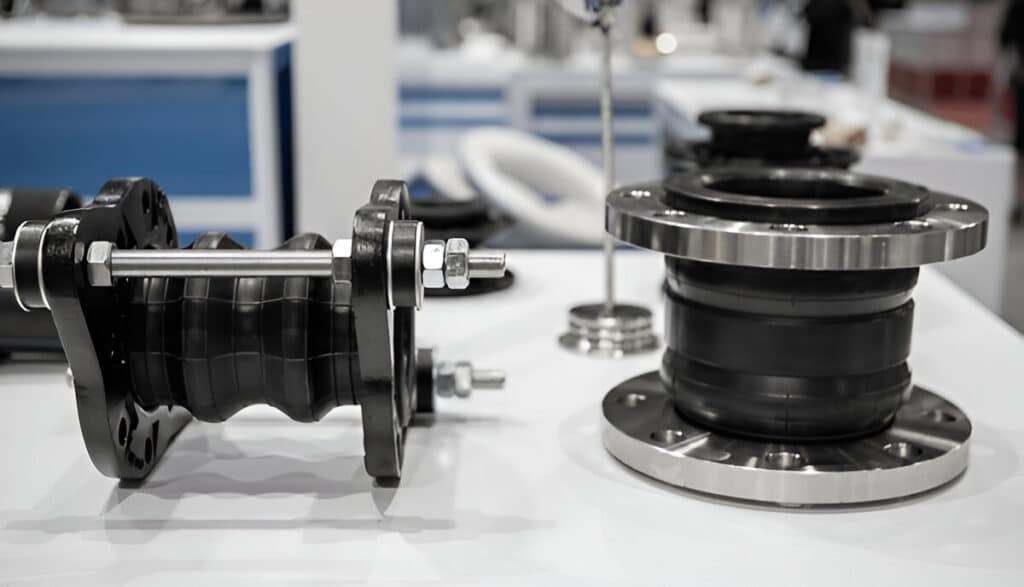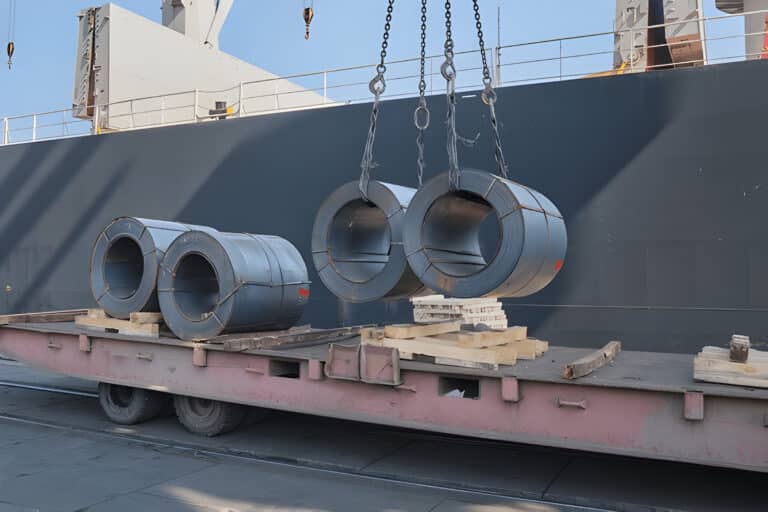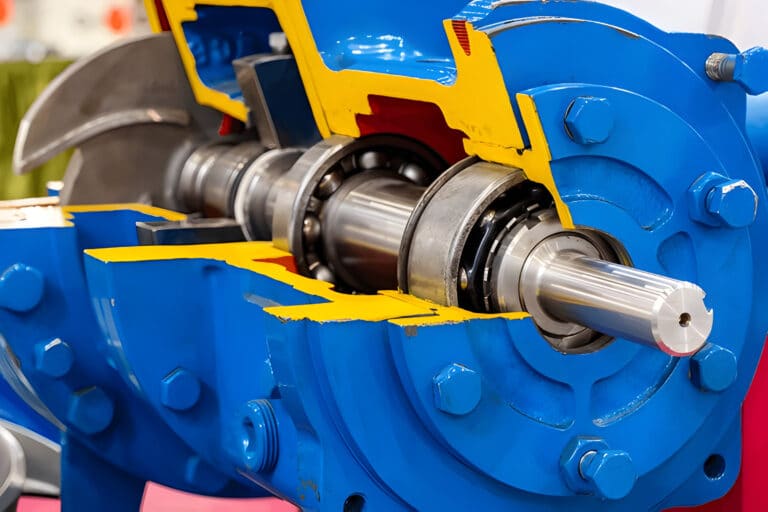Bellows and expansion joints are both flexible connectors, but they have some key differences when designing piping systems. Using the wrong type of connector can lead to leaks, reduced performance, and even catastrophic failures.
In this post, we’ll dive into the specifics of what bellows and expansion joints are, and explore the differences between them in terms of definition, components, function, cost and typical applications.

What Is Bellow
A bellow is a flexible, mechanical device designed to absorb movement and compensate for misalignment in piping systems. Bellows are constructed from thin-walled, convoluted metal tubes that can expand, contract, and flex laterally. The unique corrugated design allows bellows to handle axial, lateral, and angular movements caused by thermal expansion, vibration, or mechanical forces.
Bellows are typically made from corrosion-resistant materials such as stainless steel, Inconel, or Hastelloy to withstand harsh industrial environments. They are manufactured through a process called hydroforming, where high-pressure fluid is used to shape the metal into the desired convoluted form. This process ensures uniform wall thickness and high integrity of the bellows.
What Is Expansion Joint
An expansion joint is a flexible connector installed in piping systems to absorb thermal expansion, relieve pipe stress, and allow for relative movement between pipe sections. Expansion joints come in various designs, including slip joints, ball joints, and flexible connectors made from rubber, fabric, or metal.
The primary purpose of an expansion joint is to prevent damage to piping systems caused by thermal expansion or contraction. When pipes heat up, they expand in length, which can lead to excessive stress, deformation, or even rupture if not properly accounted for. Expansion joints provide a flexible point in the system that can absorb this movement, reducing stress on the pipes and preventing damage.
Key Differences Between Bellows and Expansion Joints
While bellows and expansion joints serve similar purposes in piping systems, there are several key differences between the two:
Definition
A bellow is a flexible, convoluted metal tube designed to absorb movement and compensate for misalignment in piping systems.
An expansion joint is a flexible connector installed in piping systems to absorb thermal expansion, relieve pipe stress, and allow for relative movement between pipe sections.
Components
Bellows are constructed from a single, continuous piece of thin-walled metal tubing with a corrugated design.
Expansion joints can be made from various materials, including metal, rubber, or fabric, and may consist of multiple components such as flanges, tie rods, and liners.
Function
Bellows are designed to handle axial, lateral, and angular movements in piping systems caused by thermal expansion, vibration, or mechanical forces.
Expansion joints primarily focus on absorbing thermal expansion and relieving pipe stress caused by temperature changes.
Cost
Bellows are generally more expensive than expansion joints due to their complex manufacturing process and the high-quality materials used.
Expansion joints are often more cost-effective, especially for larger diameter pipes or applications with less severe operating conditions.
Applications
Bellows are commonly used in high-temperature, high-pressure, or corrosive environments, such as power plants, refineries, and chemical processing facilities.
Expansion joints are widely used in HVAC systems, industrial piping, and municipal water and sewage lines to accommodate thermal expansion and contraction.




